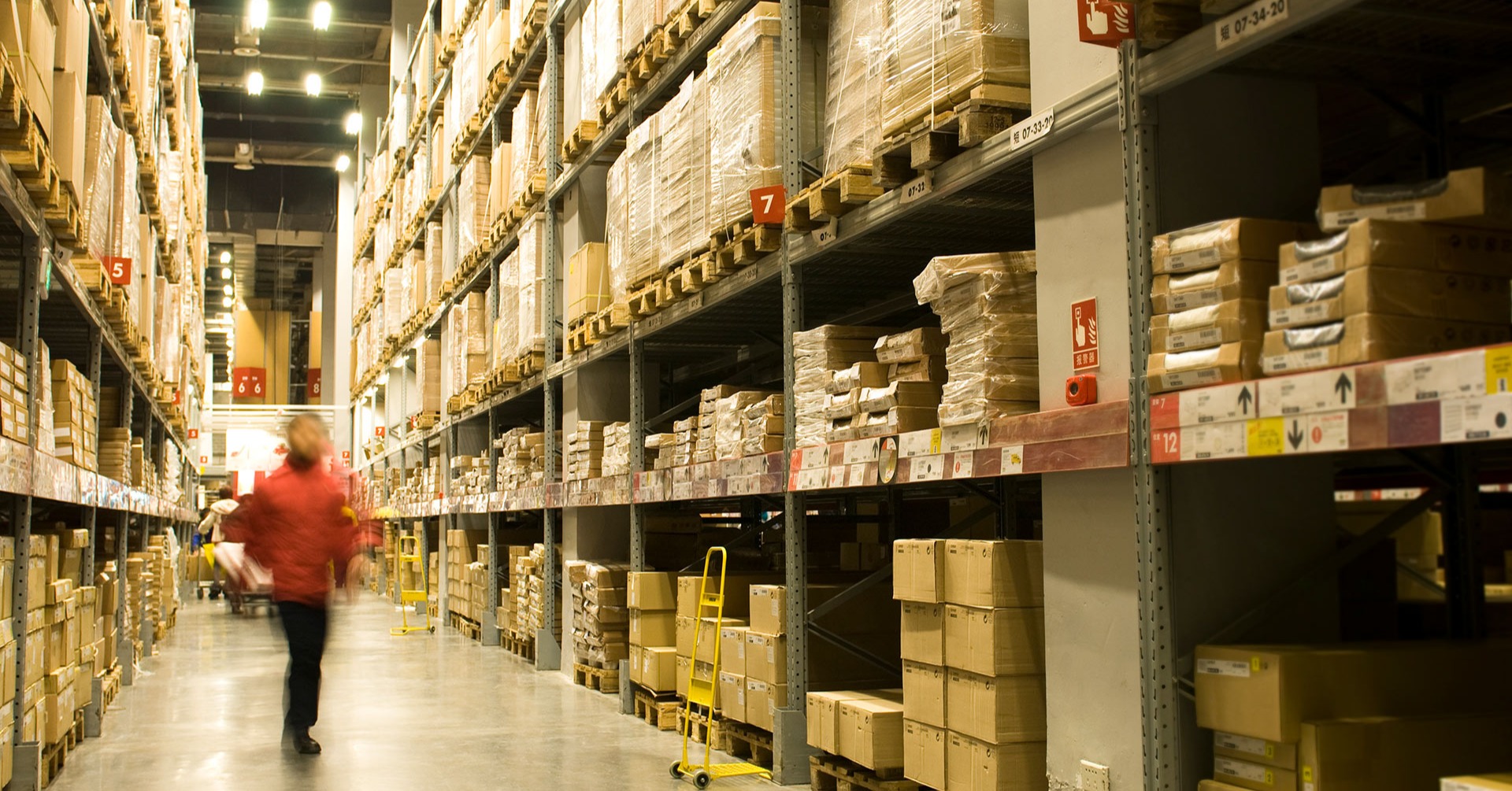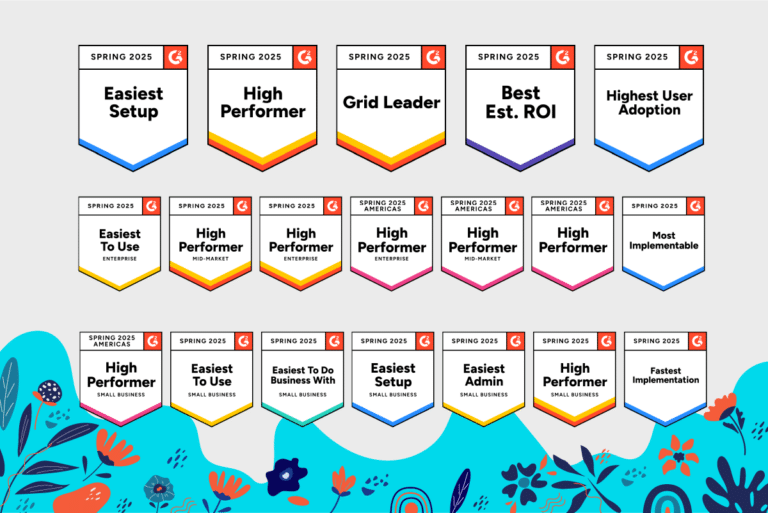As the COVID-19 pandemic has spread, companies have been forced to adapt their distribution and logistics operations accordingly. For many, the rapid changes have exposed weaknesses in what they believed were reliable processes, revealing visible, worrying fractures.
With dramatic shifts in demand, fluctuating access to parts and products, new health and safety requirements, and staffing changes, it’s more important than ever to have to a handle on data from the front lines.
The best way to deal with these changing conditions is to know in real-time what is happening at the most vulnerable touchpoints in your supply chain. This level of insight is required to keep pace with the rapidly changing environment and head off issues that can otherwise derail your business. Let’s discuss three ways to leverage field data and how they can help you stay agile during the COVID-19 crisis.
Stay ahead of quality processes
As the demand for essential goods increases from both you and your suppliers, quality processes can take a big hit. You can’t expect the same number of workers to perform twice as many spot checks without missing crucial details. Similarly, bringing on new, inexperienced workers to fill in the gaps will require you to perform additional training, and it forces you to place critical quality decisions in unvetted hands.
This is doubly true for shipping products out from your own distribution centers and warehouses. We had a case with a major online retailer in which a single worker would perform hundreds of pack audits per shift. These audits would ensure that items were in new condition and packed to avoid damage, but the slightest mistake could result in unusable goods or returned products. Paper forms just didn’t cut it—audits were slow, unreliable, and worsening with increased demand. Digitization changed all of that, providing workers with more precise and reliable tools for auditing outbound products.
With demand for essential goods surging, digitization has become vital for tracking quality processes like AQL (acceptable quality limit) and pack audits. Using a mobile app on a smartphone gives workers the ability to accurately assess significantly more shipments. Intelligent forms can use conditional logic to keep untrained workers on track, only showing them the relevant information and prompting them with the expected standards when they’re needed. Most importantly, data from the front lines directly contributes to smarter, faster decisions for leaders in your company.
Monitor worker and supplier compliance
It’s especially critical during the COVID-19 pandemic that workers follow safety and hygiene protocols. Washing and sanitizing PPE and workspaces is to essential for the safety of workers who staff your warehouses and the continuity if your business. Smartphones and other handheld devices are particularly susceptible to spreading the virus, and they must be cleaned regularly. Noncompliance puts you, your suppliers, and your customers at risk. While it’s unlikely that a worker will intentionally cause harm, negligence plays a significant role in your supply chain’s safety.
There’s no way to ensure workers comply with your COVID-19 policies unless you closely monitor them with daily checks. Likewise, keeping tabs on suppliers requires consistent evaluations. Data from the front lines that tells you exactly what’s going on in your business can prove crucial during times like these. You must create forms to track supplier and worker behavior and insist they be filled out to the letter. While it’s easy to create such forms, it’s not quite as easy to distribute and collect them. Digitization is the key to simplifying this process.
By using digital forms to monitor hygiene-related behaviors across key locations, you can stay agile and maintain a clear view of the risks you’re facing. Digital forms can help you reinforce hygiene guidelines, PPE, and stay-at-home protocols, among other policies. They can also track the potential symptoms of an outbreak. Digital forms allow you to observe trends in real time and plan your response accordingly. Proactive, digital data collection from the warehouse floormay not totally prevent negligence or the risk of infection, but it can mitigate the contributing factors over the long term.
Maintain transparency and visibility
The most crucial priority you can set right now is to constantly evaluate your processes. Get ahead of changing conditions by leveraging continuous inspections, audits, and checks. Make an effort to understand what’s going on in your supply chain, and be mindful that any plans you make may be temporary. Go-to suppliers may suddenly not be available or reliable due to the current climate, so be prepared to pivot. In this unprecedented time of disruption, visibility into your processes and transparency with your suppliers is key. That’s what makes data from the front lines so significant; you get a real-time view of what’s going on throughout your business right now.
Never before have real-time daily dashboards been so viable. Each day, news outlets release information that affects the market and, by proxy, your supply chain. The prices of various goods fluctuate so rapidly that it’s difficult to maintain a clear vision of where your company’s supply chain is headed and how you can course-correct. But with dashboards, you can apply your data and get the flexibility you need to stay on the right path.
Dashboards are essential visual tools that break your collected information into bite-sized, understandable pieces. They draw from forms, audits, and inspections to create simple and easy-to-digest representations of what’s going on right now throughout your supply chain. When multiple red flags show noncompliance on the packing line or with a new supplier, you’ll already know before the issue escalates.
Digitization is the key to staying flexible, and it’s a crucial component to understanding what’s happening on the front lines of your business. As the dust settles and social distancing comes to an end, don’t expect a straightforward return to normalcy. These three priorities will continue to be as significant as they were during the crisis.
How Form.com can help
The best way to keep supply chain operations running smoothly is by integrating and automating them with a mobile solution. Form.com specializes in helping large organizations mobilize flexible forms that match their existing process perfectly. Learn more about how we can jumpstart your digital transformation by getting in touch with a solutions expert. Or, upload your current forms, and we’ll configure a mobile app based on them at no cost.




